SeaPaCS project has been accepted for being known worldwide at the United Nations Ocean Decade Conference in Barcelona on the 10th of April 2024 at the CCIB Convention Centre, discussing “the science we need for the ocean we want”. Endorsed as a U.N. Ocean Decade activity, SeaPaCS has been selected for oral presentation during the first of the four thematic sessions of the main programme, dealing with Challenge 1. Understanding and beating marine pollution. The programme for section 1.2 in the Arctic Ocean Room is available here. This includes our presentation described below:
Tightening society&ocean relationship. Participatory citizen science against marine pollution
Chiara Certomà (Sapienza University of Rome), Federico Fornaro (Italian Naval League/Raw-News), Luisa Galgani (University of Siena), Alessio Corsi (University of Turin), Giuseppe Lupinacci (Raw-News)
The contribution presents the experience of the “SeaPaCS. Participatory Citizen Science against Marine Pollution” EU project. This adopted a participatory citizen science approach led by social and natural scientists that mobilises volunteers (migrant fishermen cooperatives, students, associations, sailors and divers, scientists, video makers and photographers) in “collaboratorium” meetings, training sessions and co-production of tools for collective sea-going expeditions in the coastal waters (for plastic samples collection, microbial life analysis, interviews and video-documentation of new biological formation and fishing plastic practices), organisation of outreach activities (e.g. video and photo expositions, media coverage, redaction of follow-up plan), and drafting a plan for sustainability-oriented practices, in the coastal city of Anzio (Italy) on the Mediterranean Sea. It answered two complementary research questions: What microbes are present in the Mediterranean plastisphere (i.e. the living microbial community on plastics and microplastics in marine environments)? How can the experience of sea workers and amateurs help decrease plastic debris and promote sustainable behaviours? The overall work was intended to raise awareness about the consequences of marine plastic pollution on local biodiversity and to trigger transformative local action for sustainability-oriented behaviours, facing socio-environmental changes that affect our oceans and society’s relationship with them. The presentation is complemented by displaying an underwater photographic reportage on the plastisphere ecosystems in the central Mediterranean Sea and a discussion with participants.
| Session 1.2 – Challenge 1Arctic Ocean Room (120/121) |
| Moderator: Dimitris Faloutsos (Global Water Partnership-Mediterranean, Greece)Rapporteur: Rebecca Zitoun (GEOMAR Helmholtz Centre, Germany)Slido coordinator: Olivier Dufourneaud (IOC-UNESCO)IOC volunteer: Claudette Spiteri (IOC-UNESCO)Speaker: Rosemary Rayfuse (Faculty of Law and Justice, UNSW Sydney) |
| · Welcome and introduction to the Session, Dimitris Faloutsos – 5 mins· Presentation of WP1, Rosemary Rayfuse – 10 mins |
| · Science Solution Presentation (x5) – 50 mins1. Marine pollution by contaminants of emerging concern and seafood consumption: The Anthropocene dilemma “to eat, or not to eat?”, Farhat-Un-Nisá Bajwa, Centre for Marine and Environmental Research – CIMA, University of Algarve, Faculty of Science and Technology (UAlg, FCT), Faro, Portugal2. Introducing the Global Ocean Artificial Light at Night Network, Thomas Davies, University of Plymouth, UK3. Tightening society & ocean relationship. Participatory citizen science against marine pollution, Chiara Certoma’, University of Turin, Italy4. Modelling the microplastic distribution on the sea floor, Shin-Ichi Ito, Atmosphere and Ocean Research Institute, The University of Tokyo, Japan |
| · Discussion and Inputs on the WPs |
Moreover SeaPaCs proposal for poster presentation has been also accepted and you can visit it and the visual documentation included in the CCIB Convention Center Placa de Brandt 11, Barcelona. The poster conceptualisation is described below:
Natureculture assemblages in the Mediterranean Sea
Chiara Certomà (Sapienza University of Rome), Federico Fornaro (Italian Naval League/Raw-News), Luisa Galgani (University of Siena), Alessio Corsi (University of Turin), Giuseppe Lupinacci (Raw-News)
The poster presents the activity of the EU project “SeaPaCS “Participatory Citizen Science against Marine Pollution” endorsed as a UN Ocean Decade Action in 2023. SeaPaCS has been endorsed by the U.N. Ocean Decade and engaged multiple citizen groups (migrant fishermen cooperatives, students, associations, sailors and divers, scientists, video makers and photographers and local policy makers) in “collaboratorium” meetings, training sessions and co-creation of research questions for collective sea-going expeditions along the coast on fishermen boats to document, through interviews and videos, the changing ecosystem of the Mediterranean Sea climate change and global warming (via fishermen catches and tales). To reach this goal, the project also has implemented a plan for outreach activities (e.g. video and photo expositions, media coverage, redaction of follow-up plan) where all the observed and perceived changes have been shared with the wider public locally and to national/international conferences. This is complemented with artistic photos of the plastisphere ecosystems in the central Mediterranean Sea. These document areas of most severe marine pollution and emergent biological formations upon anthropic debris. Photography report on the assemblages of plastic-colonising organisms (biofilms, organisms that stick to each other and other things), including bacteria and fungi and complex ecosystems, that have evolved to live on microplastics, and various anthropic debris in marine environments (including relicts, ghost nets, infrastructures, and polluted sites). The event is extremely innovative as it combines a poster and artistic exhibition, which includes video-showing and photographic reportage exhibitions. Most importantly the photo exhibition is not hung on the wall but is available for participants in their hands so that every detail can be appreciated, and they can – even more disruptive! – cut, write on, glue, past the photos, create connections amongst them and collaboratively create a narrative of our complex relationship with the new forms of life emerging in the plastisphere.



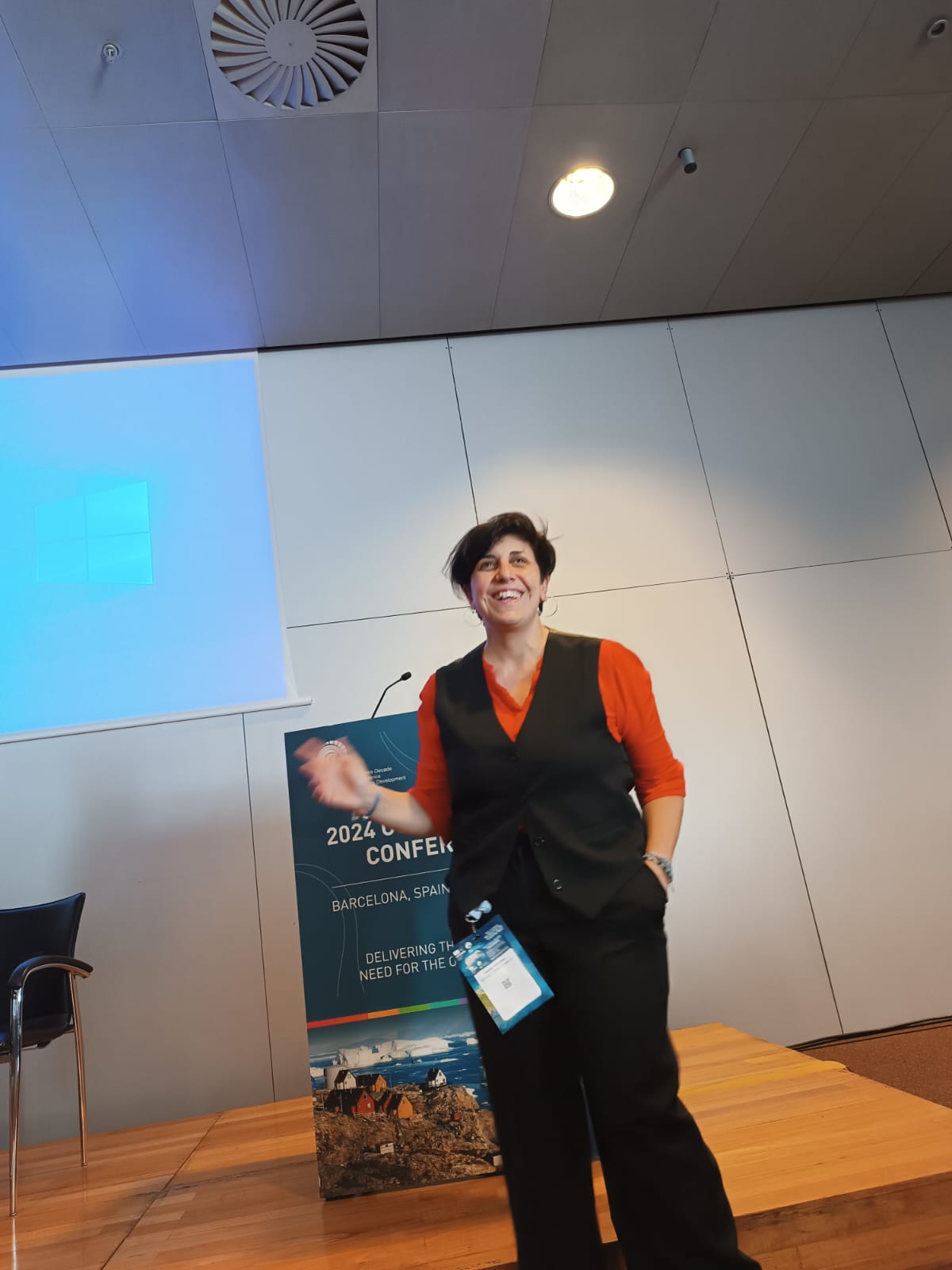
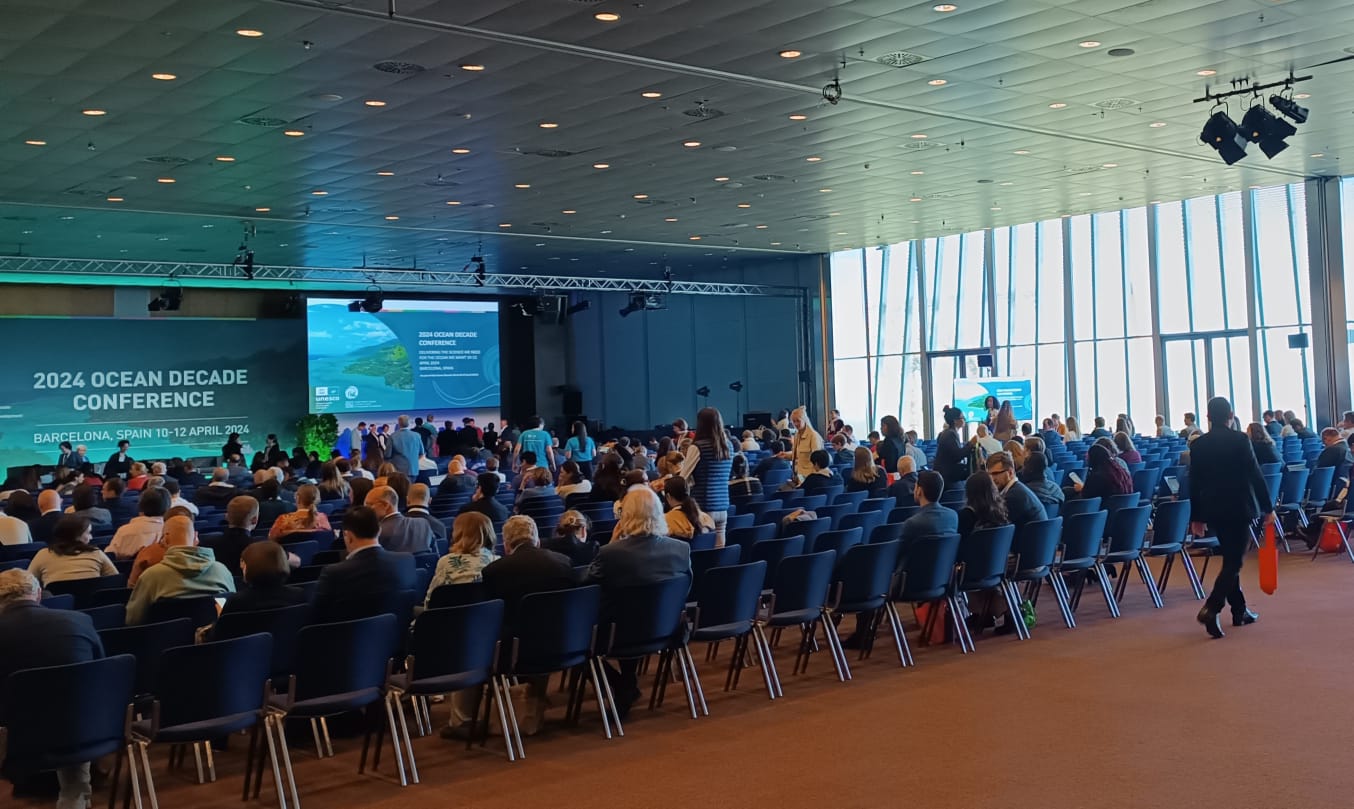

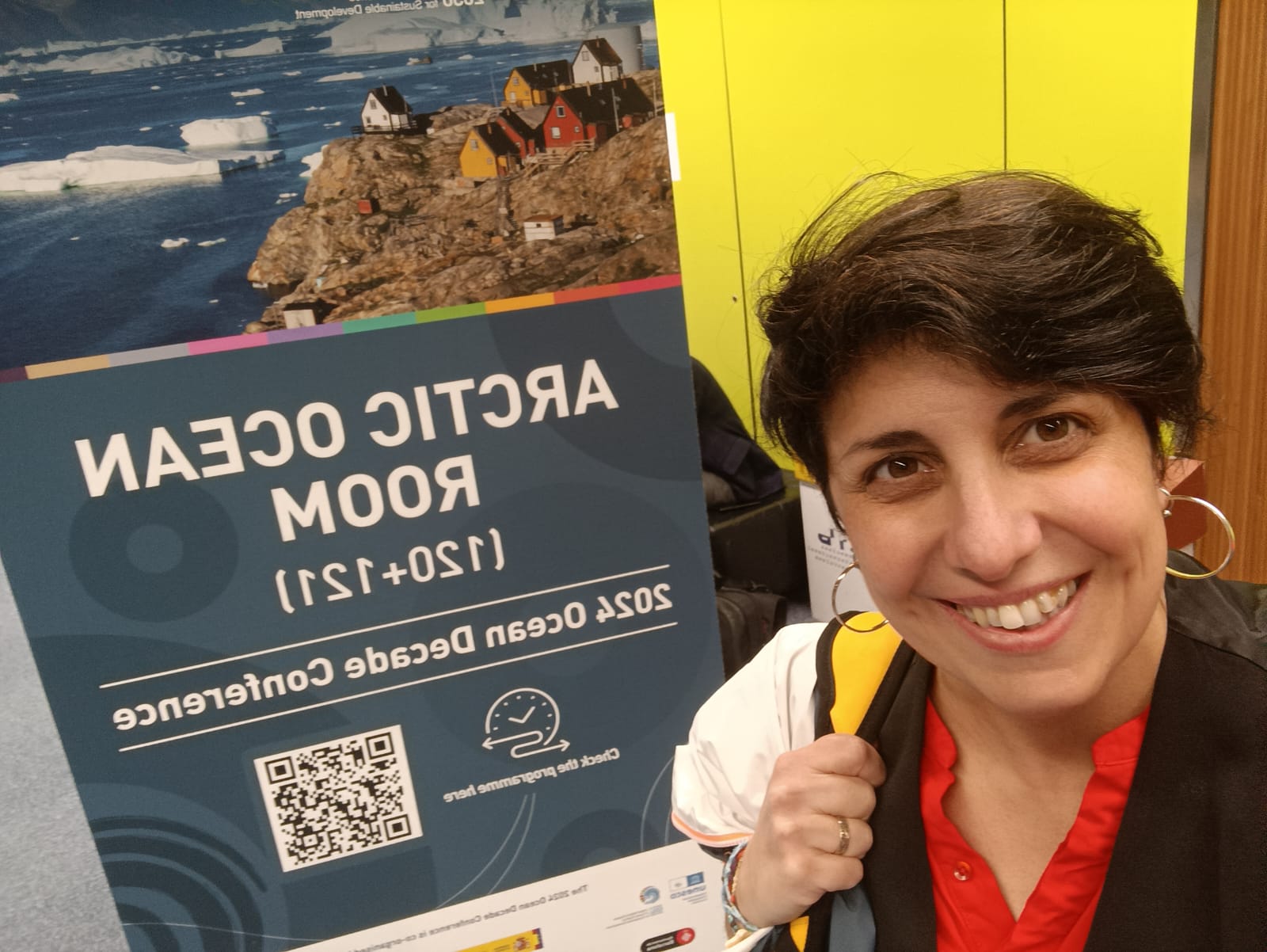

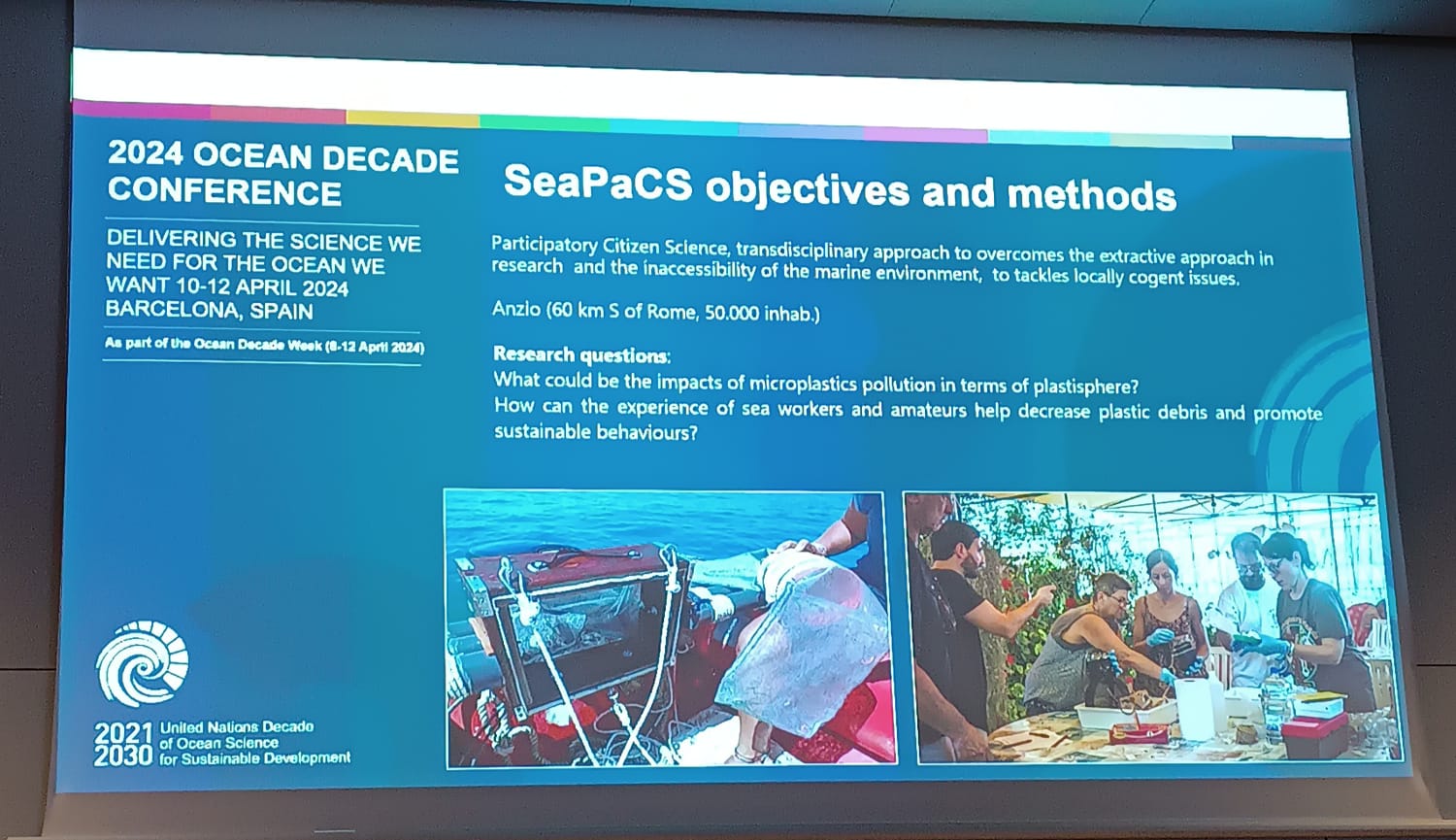
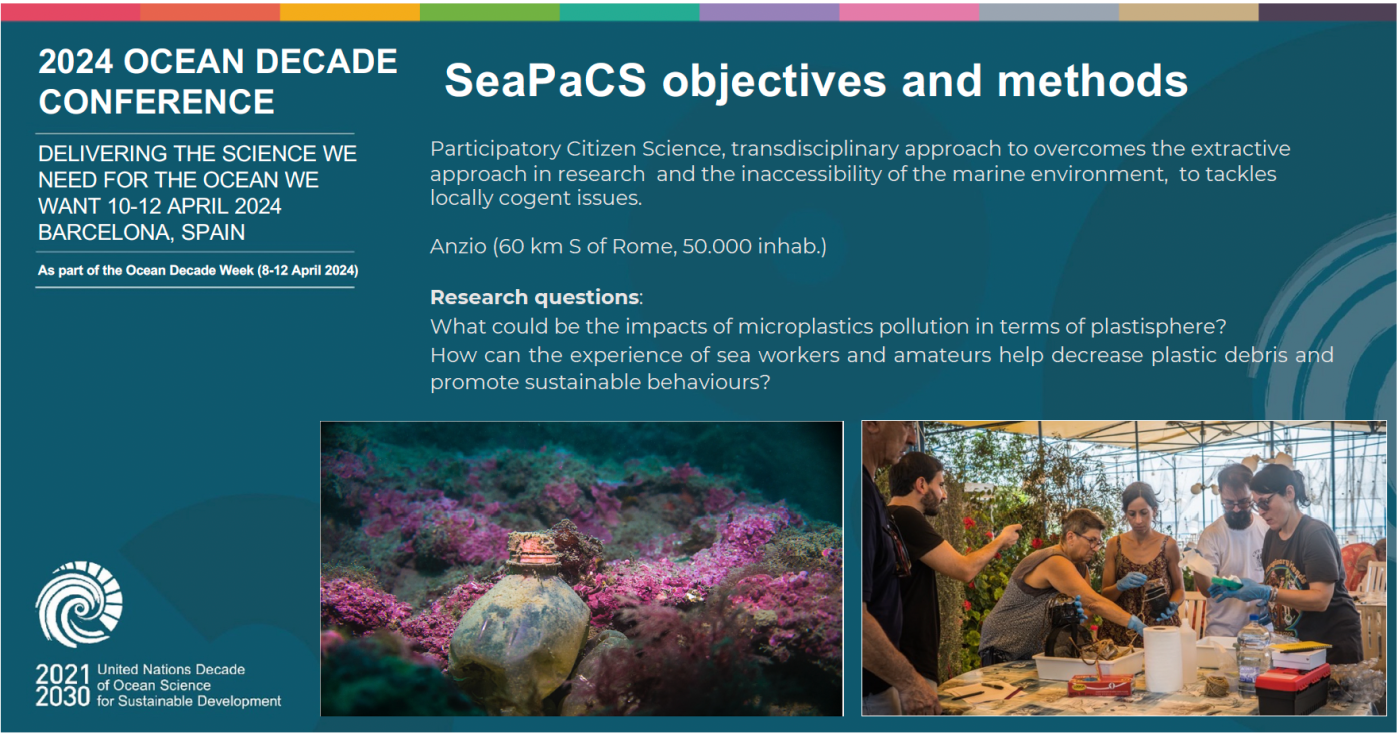
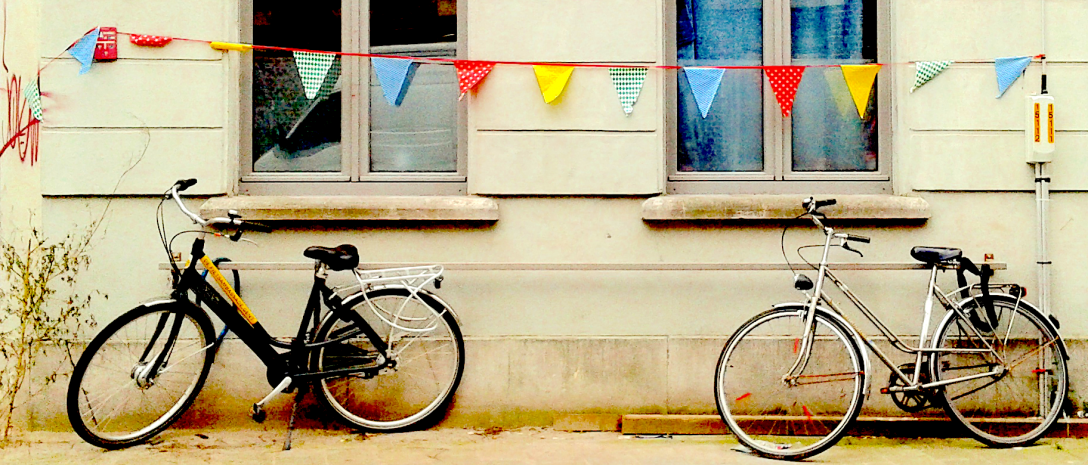
Leave a comment